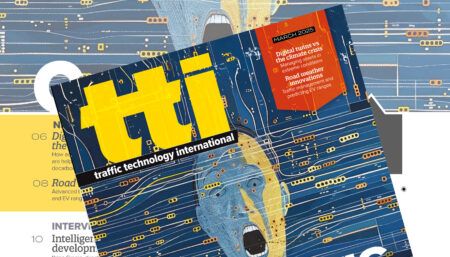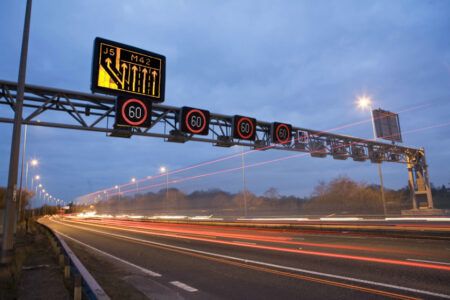Copenhagen City Council has approved spending 8.04m (US$9m) to implement intelligent transport systems (ITS) in the city center that will adapt traffic signal timings to the weather and real-time traffic conditions. The proposed plan will see commuters in the Danish capital relay anonymous information via their smartphones and other connected mobile devices to street sensors, allowing traffic lights to change based on the number of pedestrians, cyclists and motorists on the road at that specific time. Traffic signals will communicate directly with city buses, providing them with longer green lights when they are behind schedule and full of passengers. Information will also be relayed to traffic signals when crowds of people are waiting to use pedestrian crossings, such as when leaving concerts, sports matches or other events, providing them with extended green lights.
Other potential systems under consideration for future deployment include intelligent street lighting that would connect the existing street lighting and traffic signal systems that are currently run as two separate systems, without any kind of information exchange. Communication between the two systems would lead to added safety and security for vulnerable road users by providing brighter street lighting at dangerous road junctions when required. The integration of sensors would detect approaching cyclists or in situations with seriously reduced visibility due to rain, snow, or fog, and increase lighting levels accordingly. A pilot program at two busy intersections in the spring last year produced positive feedback from both cyclists and drivers.
Copenhagen will initially implement intelligent transport systems in the city center, and if successful, the concept may be extended throughout the entire municipality for an additional EUR33.5m (US$37.4m). The system has already been tested in parts of the city and a study of bus traffic the Valby district has shown that the ITS has cut travel time by as much as 30% on some routes. Morten Kabell, Copenhagen’s deputy mayor for technical affairs, said, “Put simply, these systems will ensure traffic that flows better so that as many people as possible will save time in the greenest possible way.”




